Very cool! Looking forward to seeing what work will come out of this great team!
24.09.2025 01:27 — 👍 1 🔁 0 💬 0 📌 0Marcelo Mattar
@marcelomattar.bsky.social
Assistant professor at NYU.
@marcelomattar.bsky.social
Assistant professor at NYU.
Very cool! Looking forward to seeing what work will come out of this great team!
24.09.2025 01:27 — 👍 1 🔁 0 💬 0 📌 0Amazing! Congratulations, Luke!
17.09.2025 12:30 — 👍 1 🔁 0 💬 0 📌 0So happy to see this manuscript on biorxiv after so many years in the making! Thank you Matthieu for all your hard work, and @sreejan.bsky.social for all of the novel contributions and for pushing it through the finish line! And looking forward to comments from the community!
07.09.2025 14:37 — 👍 18 🔁 0 💬 0 📌 0🚀Excited to share our project: Canonical Representational Mapping for Cognitive Neuroscience. @schottdorflab.bsky.social and I propose a novel multivariate method to isolate neural representations aligned with specific cognitive hypotheses 🧵https://www.biorxiv.org/content/10.1101/2025.09.01.673485v1
05.09.2025 16:18 — 👍 78 🔁 30 💬 1 📌 2What are your pros/cons of using AI in science?
Feel free to respond wrt use or harm in the design of experiments, coding experiments, coding analysis, brain storming analysis, summarizing literature, synthesis of ideas, modeling, novel model development, mathematical proofs, writing, editing.
Thanks!
29.08.2025 23:00 — 👍 1 🔁 0 💬 0 📌 0🚨We believe this is a major step forward in how we study hippocampus function in healthy humans.
Using novel behavioral tasks, fMRI, RL & RNN modeling, and transcranial ultrasound stimulation (TUS), we demonstrate the causal role of hippocampus in relational structure learning.
I'm honored to serve as Expert Advisor for "The Alignment Project", an international initiative dedicated to ensuring AI systems are safe and beneficial. They are providing significant funding, compute, and collaboration opportunities for researchers---including those in cogsci/neuro. Please apply!
20.08.2025 17:54 — 👍 18 🔁 3 💬 1 📌 0
I am very excited that AISI is announcing over £15M in funding for AI alignment and control, in partnership with other governments, industry, VCs, and philanthropists!
Here is a 🧵 about why it is important to bring more independent ideas and expertise into this space.
alignmentproject.aisi.gov.uk
Are similar representations in neural nets evidence of shared computation? In new theory work w/ Lukas Braun (lukasbraun.com) & @saxelab.bsky.social, we prove that representational comparisons are ill-posed in general, unless networks are efficient.
@icmlconf.bsky.social @cogcompneuro.bsky.social
This is very cool! Congrats @eringrant.me !
13.08.2025 12:45 — 👍 1 🔁 0 💬 1 📌 0It's a very cool idea! Let's do it!
07.08.2025 10:39 — 👍 1 🔁 0 💬 0 📌 0Our new paper is out! When navigating through an environment, how do we combine our general sense of direction with known landmark states? To explore this, @denislan.bsky.social used a task that allowed subjects (or neural networks) to choose either their next action or next state at each step.
02.08.2025 08:37 — 👍 70 🔁 25 💬 0 📌 0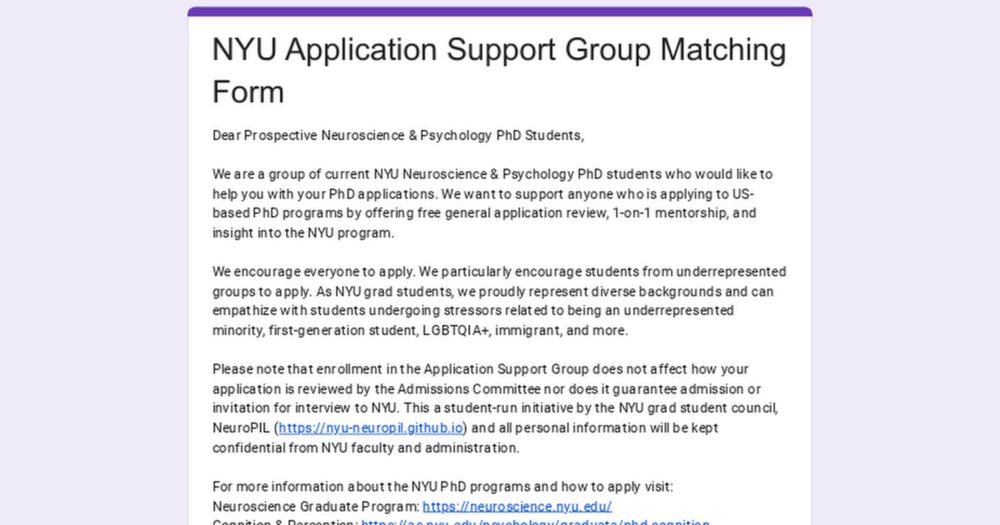
Thinking of applying to US-based Ph.D. programs in neuroscience, psychology, or cognitive science? We’ve got your back! NYU’s Application Support Group is a student-led, free mentorship program offering 1-on-1 support and guidance. Apply now! docs.google.com/forms/d/e/1F...
28.07.2025 15:15 — 👍 13 🔁 16 💬 0 📌 0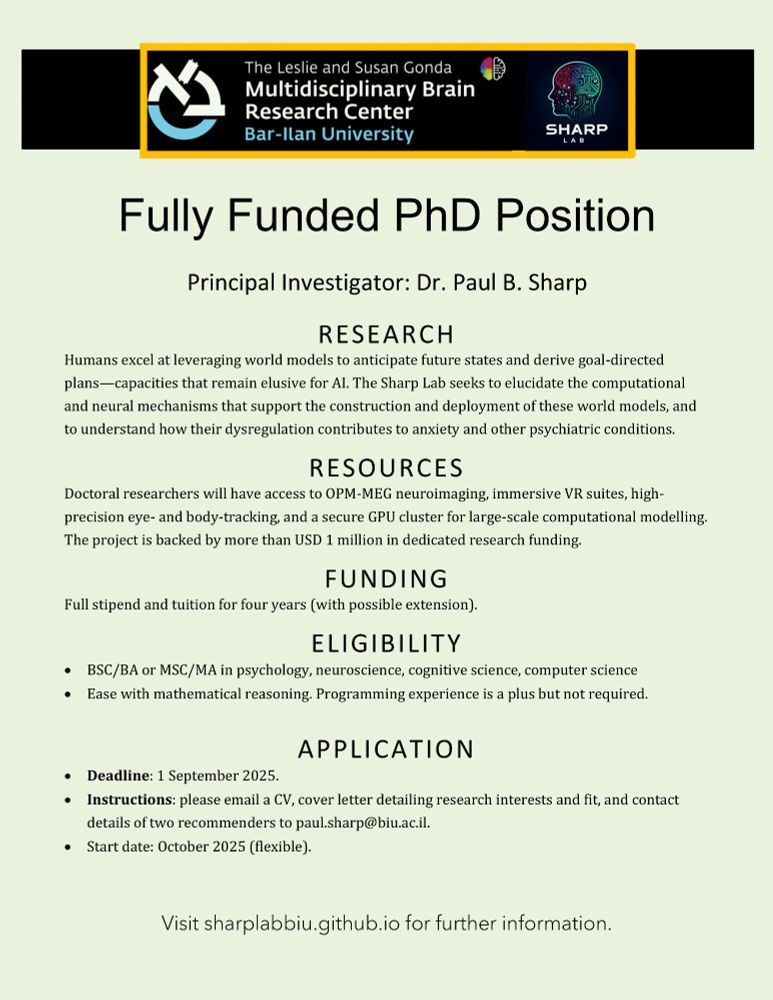
🚨 Fully Funded PhD positions
Gonda Brain Institute, Sharp Lab
We will explore how people build and deploy world models efficiently for planning and decision making. We will also seek to characterize how world models construal and use is biased in anxiety.
Deadline: 1 Sept 2025. Please share!
📣 I'm looking for a postdoc to join my lab at NYU! Come work with me on a principled, theory-driven approach to studying language, learning, and reasoning, in humans and AI agents.
Apply here: apply.interfolio.com/170656
And come chat with me at #CogSci2025 if interested!
Fantastic work by our (now former) lab manager Liv Christiano. We assess the test-retest reliability of OPM and compare it to fMRI and iEEG. 🧠📄🧵
19.07.2025 16:48 — 👍 28 🔁 8 💬 0 📌 1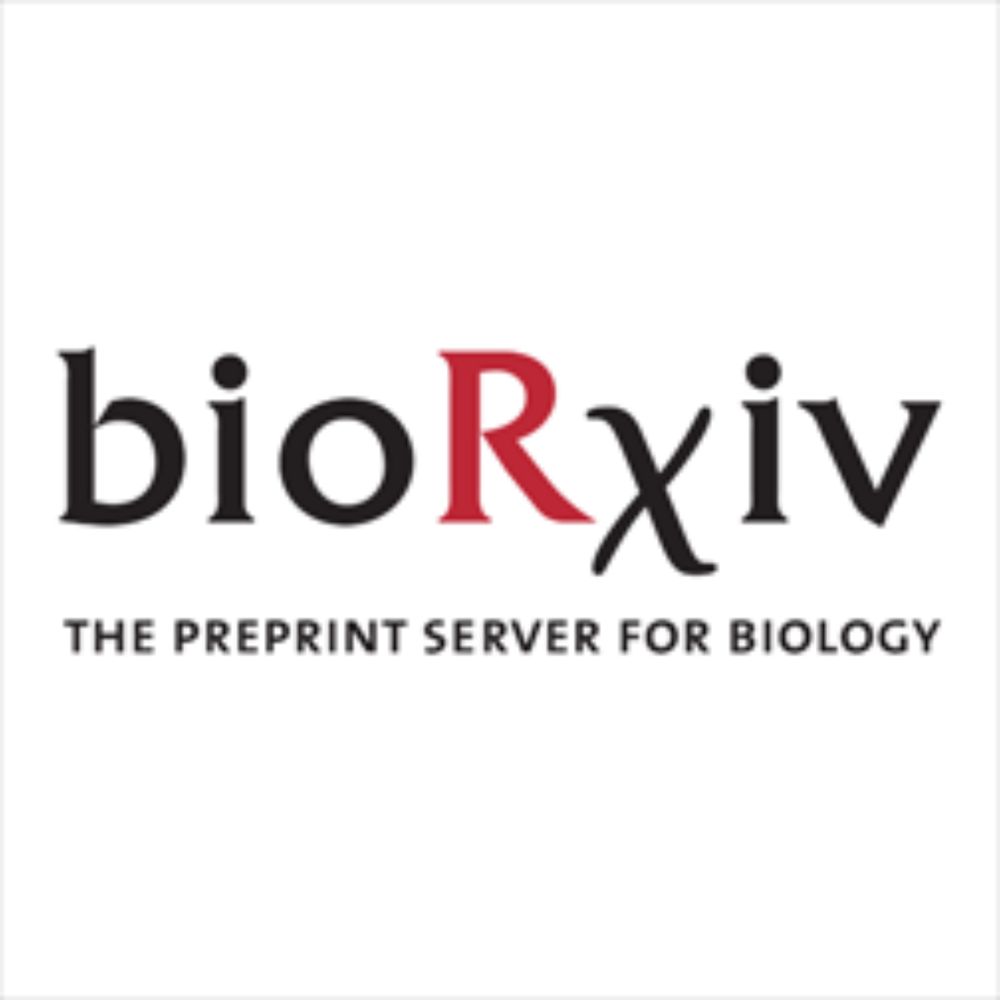
How reliable is OPM-MEG, and how does it compare to other neuroimaging modalities? 🤔
In a new preprint with @s-michelmann.bsky.social, we evaluate the reliability of OPM-MEG within & between individuals, and compare it to fMRI & iEEG during repeated movie viewing. 🧠
📄 doi.org/10.1101/2025...
Beautiful work by @neurozz.bsky.social and @annaschapiro.bsky.social !
17.07.2025 00:01 — 👍 8 🔁 0 💬 1 📌 0
Excited to share a new preprint w/ @annaschapiro.bsky.social! Why are there gradients of plasticity and sparsity along the neocortex–hippocampus hierarchy? We show that brain-like organization of these properties emerges in ANNs that meta-learn layer-wise plasticity and sparsity. bit.ly/4kB1yg5
16.07.2025 16:15 — 👍 63 🔁 24 💬 0 📌 3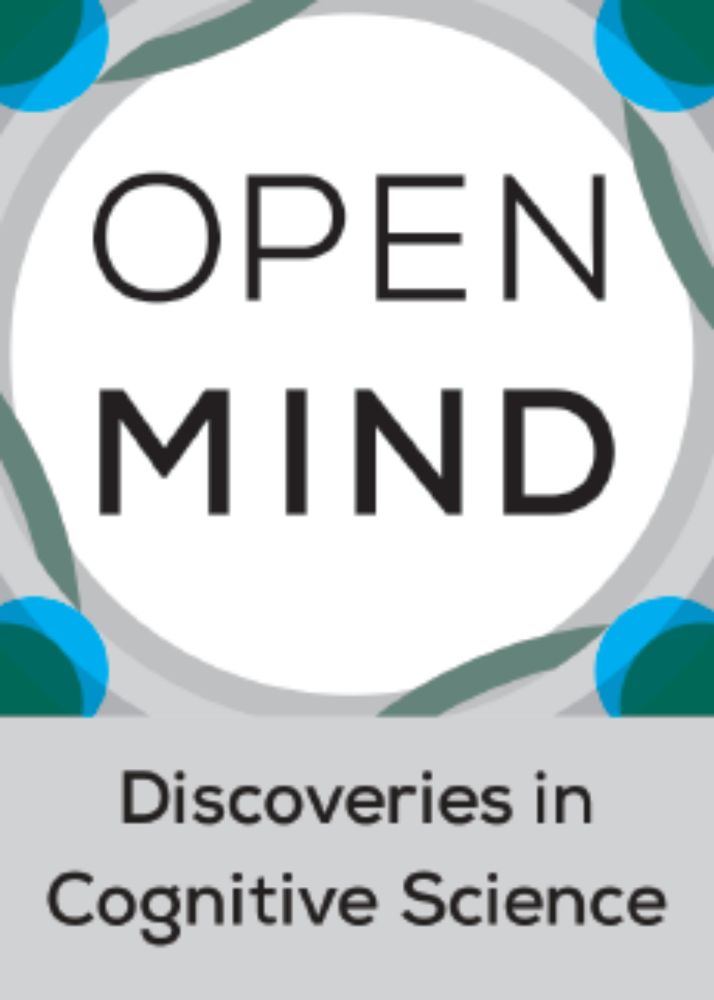
Our newest paper, led by Romy Froemer
and @fredcallaway.bsky.social, is now out in Open Mind: “Considering What We Know and What We Don’t Know: Expectations and Confidence Guide Value Integration in Value-Based Decision-Making”
direct.mit.edu/opmi/article...
Want to know what kinds of studies webcam-based eye tracking can be used for? Here's our take on the current tech. This certainly isn't the first paper on this topic, but it provides some converging evidence about the viability of eye tracking with online methods. online.ucpress.edu/collabra/art...
08.07.2025 19:57 — 👍 20 🔁 4 💬 1 📌 2Very cool. Will the talk be recorded?
03.07.2025 14:08 — 👍 1 🔁 0 💬 1 📌 0Looks super interesting! Can't wait to read!
03.07.2025 00:41 — 👍 2 🔁 0 💬 0 📌 0YAY!!! I'm so happy for you, Anna! 🎉 Can't wait to see what your post-tenure research looks like! I'll be watching closely.
03.07.2025 00:32 — 👍 1 🔁 0 💬 1 📌 0Thanks!
And yes, the reason our tiny models did so well is that the tasks we studied were so simple (like most tasks studied in neuroscience!)
In more complex tasks, large models will definitely outperform, assuming you have enough data to train them.
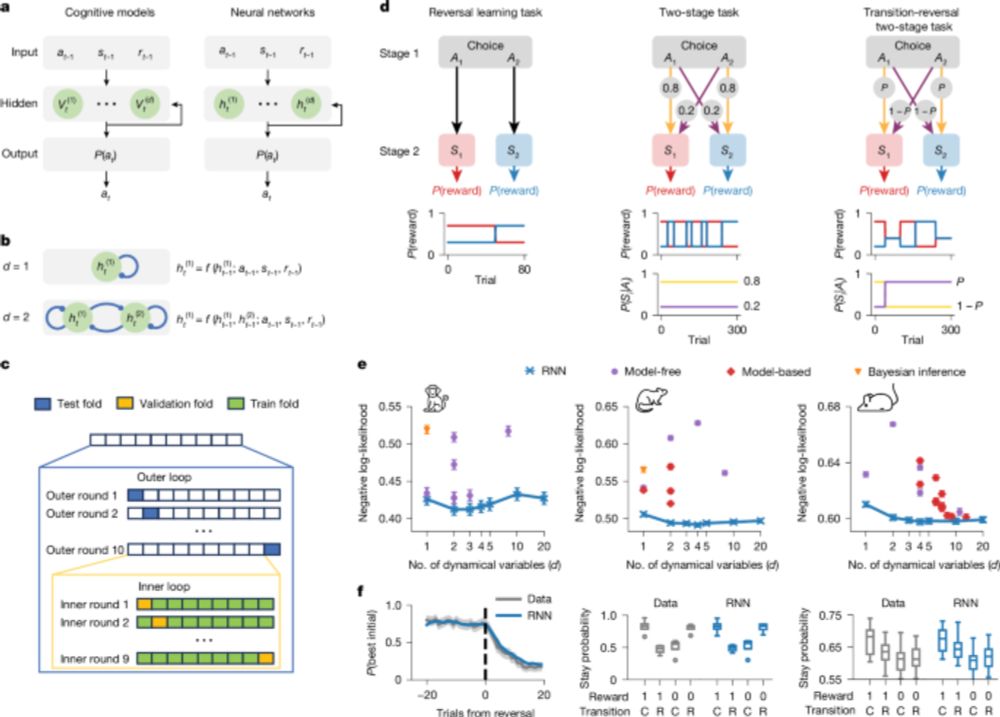
Here's the link to our paper: doi.org/10.1038/s415...
Here's the link to the Centaur paper: www.nature.com/articles/s41...
And here's Marcel Binz' thread on Centaur: bsky.app/profile/marc...
Also thrilled that this work appears in the same @nature issue as another paper I contributed to, Centaur! Like TinyRNNs, it excels at predicting human behavior. Impressively, Centaur works across many tasks, but this comes with a trade-off in model interpretability.
02.07.2025 19:03 — 👍 4 🔁 0 💬 1 📌 0Crucially, we can discover these patterns for each individual! This is a game-changer for computational psychiatry, as it lets us pinpoint exactly how cognitive processes differ across people, without the constraints of a prespecified learning/decision model like RL.
02.07.2025 19:03 — 👍 11 🔁 0 💬 1 📌 0This approach uncovered several patterns in the animal's decisions that previous models missed. Eg we found state-dependent learning rates, novel patterns of perseveration, and a peculiar type of forgetting where an action value decays towards the value of the alternative action.
02.07.2025 19:03 — 👍 6 🔁 0 💬 1 📌 0